Air source heat pump disadvantages and problems
Air source heat pumps cut our reliance on fossil fuels and exposure to skyrocketing energy bills, but beware these common disadvantages and problems

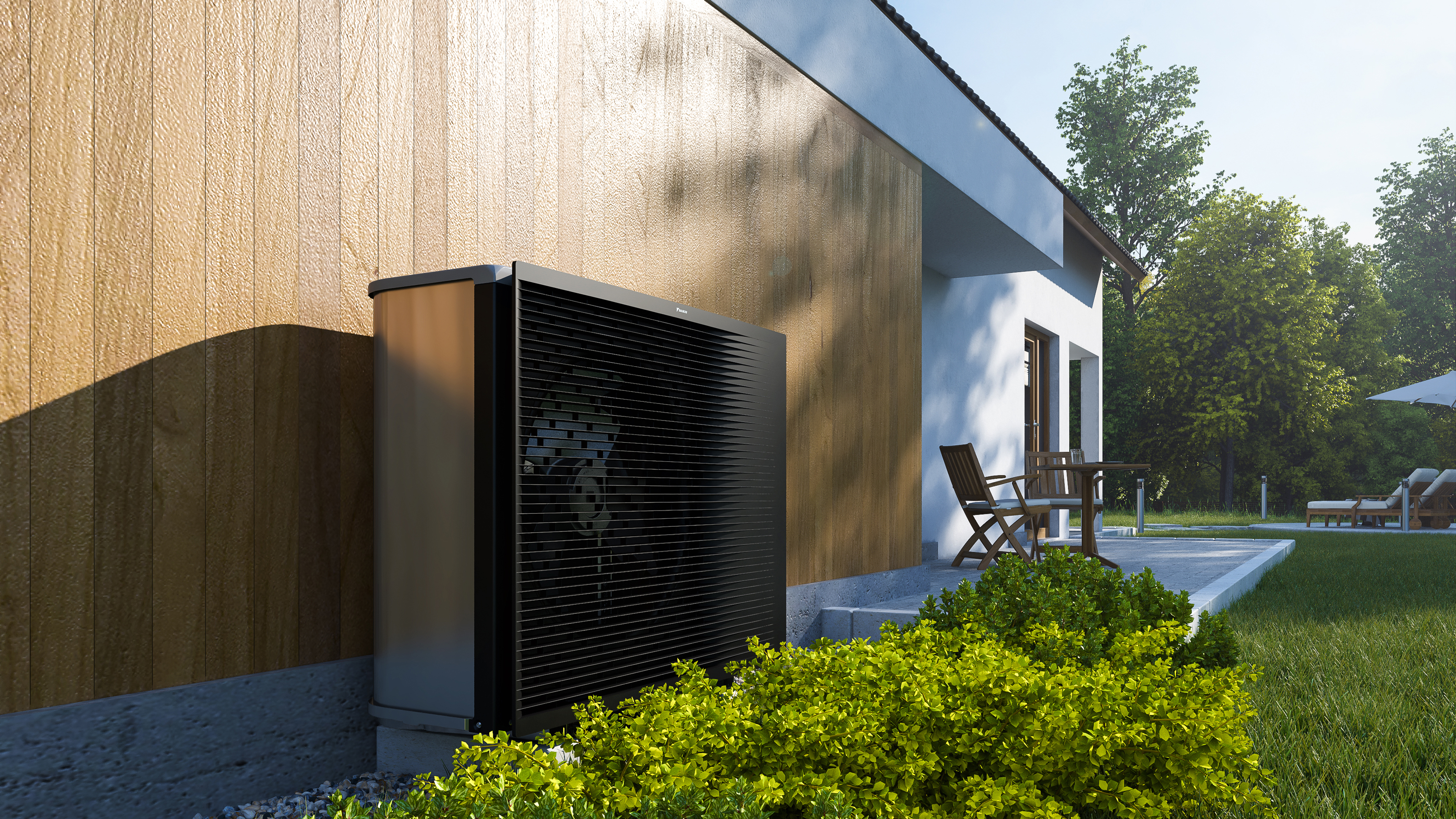
Thinking about air source heat pump disadvantages? There has never been a better time to cut your energy use. Gas and electricity bills are rocketing and it’s scary, even with price caps and short-term financial support. And with the climate emergency in mind, there’s an urgent need to stop using fossil fuels.
Heat pumps are a popular option, but there are some disadvantages and problems with air-source heat pumps. It’s worth doing your homework before investing in one.
An air-source heat pump replaces your boiler and handles your hot water and central heating needs. They are an investment. Even after a £5,000 heat pump grant – see our guide to heat pump grants – they cost more than a new boiler. But, done right, you can cut your carbon emissions and your energy bills for years to come.
To get a grant, you must start with a quote from an installer certified by the Microgeneration Certification Scheme (MCS). This should give you a clear idea of costs and savings, plus valuable consumer protection for peace of mind. The MCS has a complaints process and insurance provision for work undertaken by registered installers.
Air source heat pump disadvantages
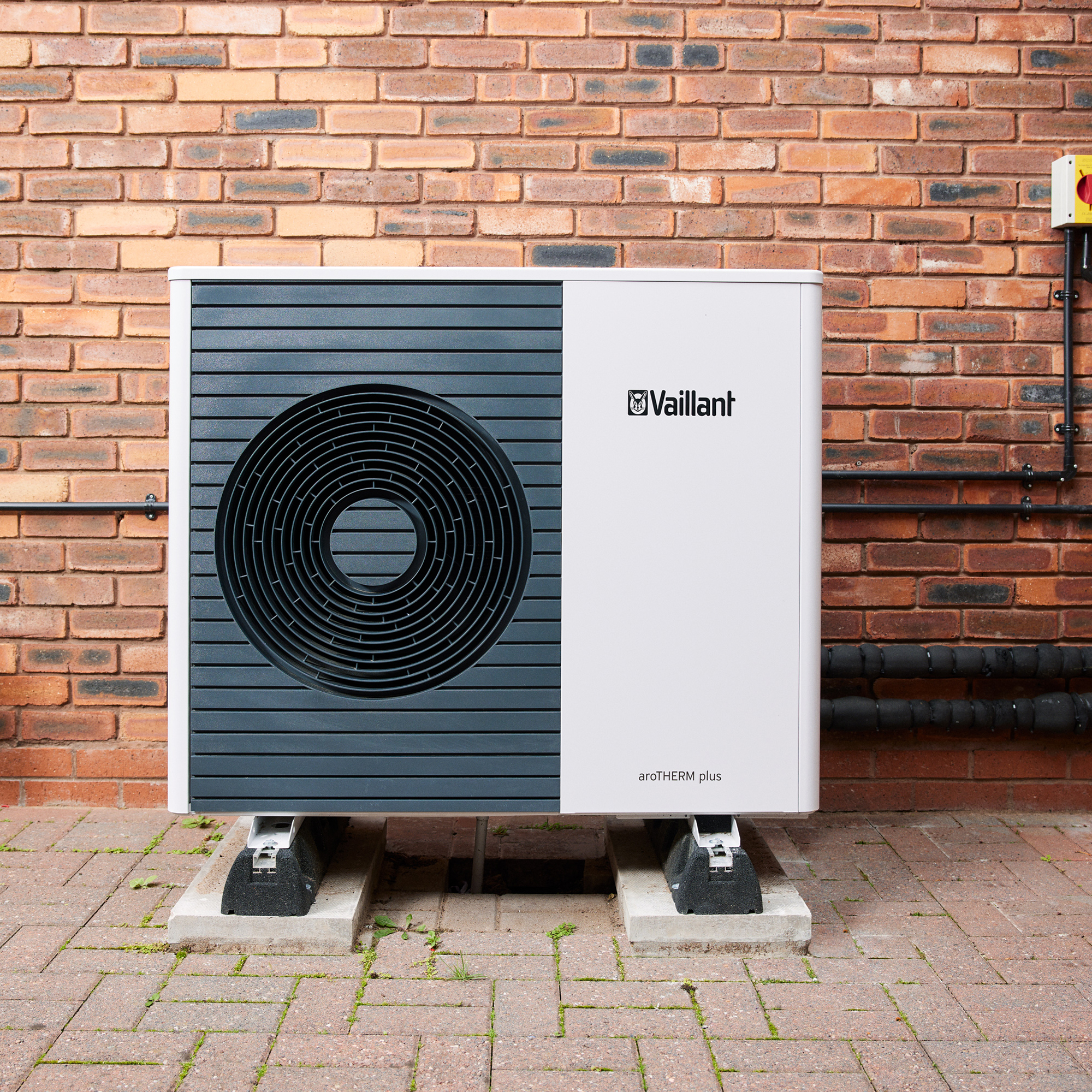
1. They are bulky
An air source heat pump is bulkier than the gas boiler most of us have in our homes right now. If you have a combi boiler, you just have a single unit on the wall, probably in the kitchen. If you have a conventional boiler, you’ll also have a hot water storage tank, traditionally in an airing cupboard.
An air source heat pump needs a unit indoors and a storage tank, so the indoor space requirements are similar to a conventional boiler, but they also require a chunky outdoor unit, about the size of a washing machine, to collect heat. This is usually on the patio near the back wall of the house. As with all heating systems, the shorter the pipes the better, to minimise heat loss.
There’s no avoiding the extra bulk if you go for an air source heat pump. If you don’t want a visible outdoor unit, but you do have plenty of garden, consider a ground source heat pump. These are more expensive, because installation requires a lot of digging.
Sign up to our newsletter for style inspiration, real homes, project and garden advice and shopping know-how
2. They involve a big initial investment
There’s currently a £5,000 Government heat pump grant in England and Wales, and a loan scheme in Scotland, towards replacing your fossil fuel boiler with an air source heat pump. Even after the grant, installing an air source heat pump costs more than a new boiler, but thanks to savings on your energy bills it should pay for itself and then start saving you money in years, not decades.
How soon it pays for itself is hard to say as it depends on future energy prices and also on your home. For example, the cost will depend on your insulation and radiators. To find out, get a quote from an MCS-certified installer that sets out your costs and potential savings.
‘The cost of installing an air source heat pump ranges from £8,000 to £15,000 in most cases,’ according to Ben Whittle, Senior Consultant for Low Carbon at Energy Saving Trust.
That’s before the grant, so budget roughly £3,000-10,000. Look out for heat pump makers who offer interest-free loans, to spread the cost over several years.
3. They may not work with your existing radiators
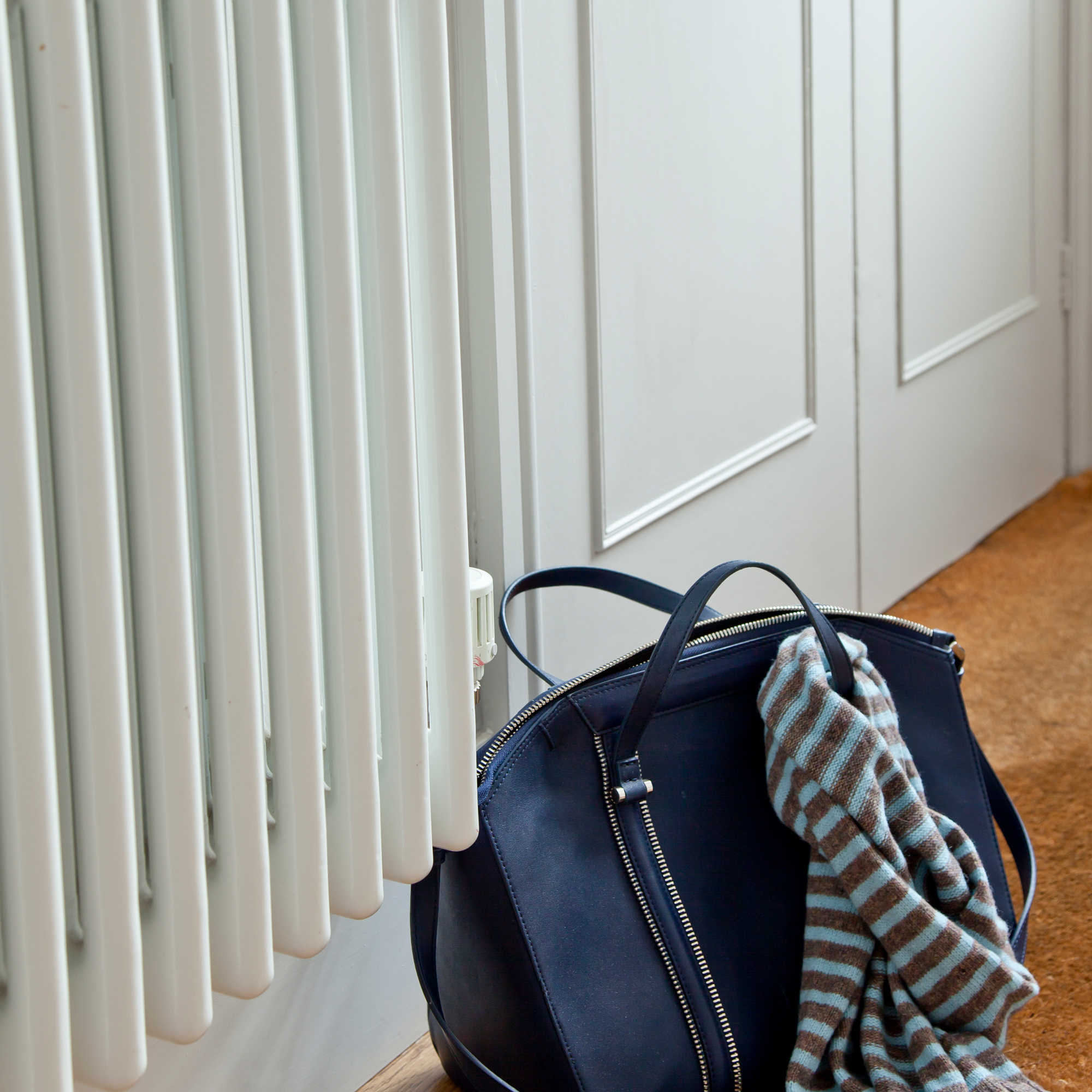
Again forewarned is forearmed. Get an MCS-certified installer to check out your current system. Older central heating systems are designed to run at 70°C but heat pumps are most efficient at 55°C. So rather than putting your heating on for short bursts of time, you keep your home at a steady temperature using radiators or underfloor heating.
‘The installer will undertake a thorough survey and will check to see if your current radiators and pipework is sufficiently large enough to give you the comfort levels expected,’ says Martyn Bridges, Director of Technical Services, Worcester Bosch. ‘The installer may recommend that some or even all of the radiators and pipework is upgraded. The initial investment now will pay dividends in the long run and ensure that the heat pump is operating as efficiently as possible.’
4. They’re less efficient in winter
Air source heat pumps extract heat from the air outside our homes and bring it indoors to heat a tank of water. They transfer it by expanding and compressing a refrigerant as it moves through pipes.
Incredibly this works even at low outdoor temperatures in the winter. For example, the Daikin Altherma 3 H HT air source heat pump delivers heat and hot water, even in temperatures as low as -28°C. But if it’s cold outside then extracting heat is harder work, so they become less efficient in winter when we need them most.
If winter efficiency is a priority and you have plenty of outdoor space, consider a ground source heat pump. These are a bigger investment, because installation requires a lot of digging, but more efficient because the ground temperature is more consistent year-round.
5. The technology is getting cheaper – should I wait?

Technology is always improving and getting cheaper. Your phone is far more powerful than the one you had just a couple of years ago. Heat pump technology is evolving fast too. So should you wait?
In short: no. If your boiler is nearing the end of its life then find an MCS-certified installer and apply for a grant towards the cost of a heat pump.
But just as you shouldn’t needlessly scrap a perfectly good phone to upgrade, don’t scrap a perfectly good boiler. Instead, plan ahead. For example, insulate brilliantly now and think ahead, so you have a plan up your sleeve.
Architect Bob Prewett of Prewitt Bizley explains: ‘The most important thing is to have a plan for what happens when the boiler stops working. If you have no plan then you will almost certainly buy another boiler, which will have a life of 12-15 years, and you will be locked into fossil fuel much longer.’
The technology is improving and high volumes mean costs are coming down. So even if there aren’t grants in future, heat pumps will cost less and won’t need subsidising.
Air source heat pumps problems

1. My air source heat pump is noisy
Hugh Jones, product manager at Viessmann, highlights some common-sense things to check first.
‘Make sure that the area around the outdoor unit is clear and especially that leaves are not blocking the fan. Loose casings can often cause rattling so ensure they are fitted properly and tightened down. If noise concerns persist then call the installer back and they can take a look at everything.’
If in doubt, ask your installer to return (see below). ‘A correctly installed air source heat pump shouldn’t be noisy,’ says John Gilham, Group Technical Manager at Green Building Renewables. ‘Most modern air source heat pumps achieve Quiet Mark. The Mitsubishi Ecodan, for example, operates at 45dB. If your air source heat pump is noisy, you should look at the installation. Has it got the correct anti-vibration feet and anti-vibration hoses? Has the casing been correctly installed? If it is making a noise or vibrating, then something hasn’t been done right at the installation stage.’
2. My air source heat pump was poorly installed
Whether the problem is noise or something else, there’s good reason to choose an MCS-certified installer and not just to get a Government grant. Also check the length of the warranty as some are as long as 5 years.
Hugh Jones explains: ‘Poor workmanship, for example wall and pipe connections not being sealed very well, or insulation being loose, should be resolved by calling back the company that installed the heat pump.
'If matters are more serious and cannot be resolved between the homeowner and installer, it may be necessary to go through the MCS, which has a complaints process and insurance provision for work undertaken by MCS-registered installers. Its quality standard offers consumers peace of mind as well as unlocking Government funding.’
3. My air source heat pump isn’t generating enough heat
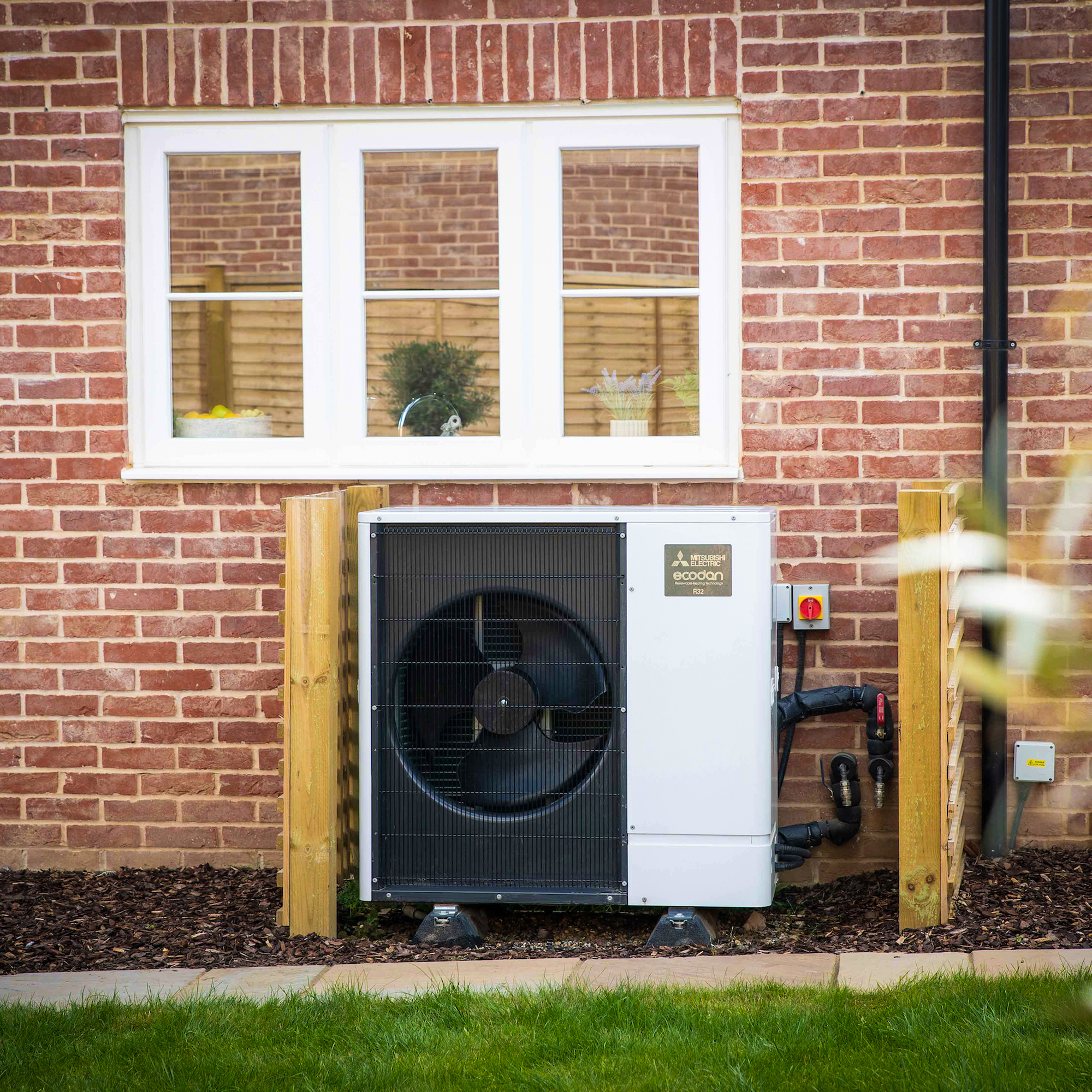
If your home isn’t warm enough since installing an air source heat pump, this could come down to system design, setup or use.
Joseph Raftery, Heating Product Manager, Samsung Climate Solutions, explains about getting it right at the design stage: ‘The most important thing for any heating system, including fossil fuel systems, is to have your heat loss as low as possible. So consider fabric-first steps in consultation with your installer to reduce the heat loss and make your home warmer. An accredited installer will always advise you on ways to do that before designing a suitable heating system.’
Kaspar Bradshaw of Next Step Heating designs and fits such systems and is fanatical about getting the setup right: ‘If your house isn’t warm enough, check if radiators have been properly balanced. This involves the adjustment of the lockshield valve on the radiator rather than the TRV side. Radiators which are further away from the heat pump will need opening and those closer will need to be closed. Radiator adjustment is often missed out and can have a big impact on heat output.’
He adds: ‘Check any areas of the property losing excess heat. Air leakage, any gaps or missing areas which haven’t been evenly insulated could create additional heat loss. Check the system heat output with the installer. Pumps are often set flow rates too high which prevent the heat pump from working effectively and create additional energy loss.’
Finally, there’s the use. This is easier to set up if you have smart controls. Heat pumps tend to operate at lower temperatures than boilers, so they work best at keeping your home at a steady minimum temperature. You can still have your home warmer at key times morning and night, but no more “boom-and-bust” of scheduling radiators to be hot a couple of times a day and off the rest of the time. If you’ve programmed your air source heat pump system like it’s a boiler, it will take so long to warm up that the result will be a home that’s too cold.
4. My energy bills aren’t getting cheaper
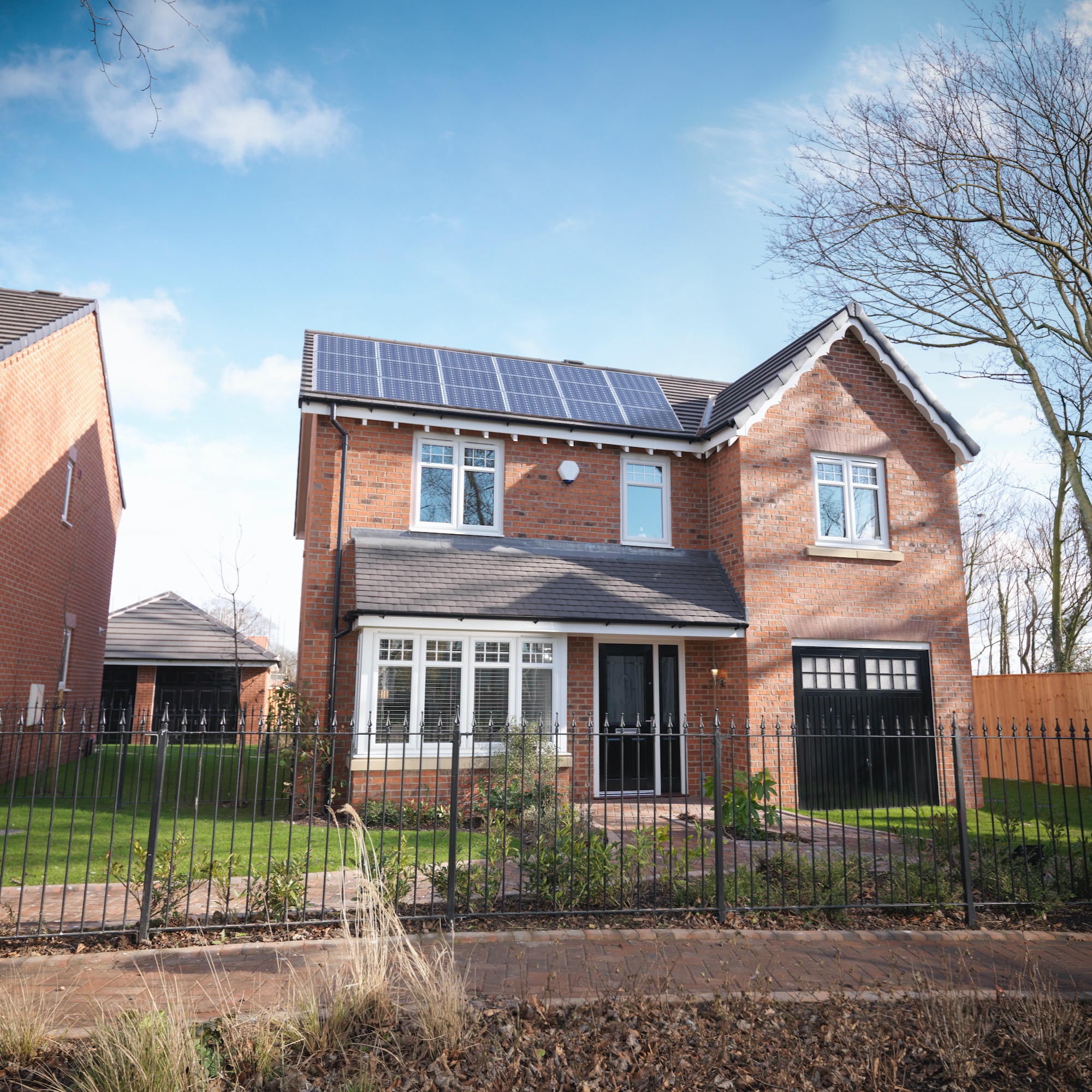
Heat pumps use electricity and are incredibly efficient: 500% or more, providing 5kW of heat for every 1kW of electricity. Whereas even a new gas boiler is about 90% efficient, producing less than 1kW of heat per unit of gas.
But you won’t save a fortune on energy bills straight away because gas is cheaper than electricity. At the time of writing, electricity costs around four times as much as gas. Your energy bills should go down a little at first then.
In theory you’ll save more in future. Gas is a finite resource (and a fossil fuel), so its price is likely to rise further. Meanwhile electricity prices should be stable and ultimately go down as we get ever better at generating it from sun, wind and waves. But frustratingly, electricity prices (even renewable electricity prices) are currently coupled to gas prices. That needs to change as we increasingly turn away from fossil fuels and towards renewable electricity.
Savings also depend on your current heating setup. So if you currently have direct electric heating or live off the gas grid, savings should be higher.
For the ultimate way to save on energy bills, invest in solar panels to generate the electricity that powers the heat pump. This is completely zero carbon and saves on bills. Solar panels only work in the daytime, so you can set the system up to heat your hot water tank by day.
The value of well-installed solar panels should add to the value of your home, so it’s more an investment than an expense. After all: a home with very low energy bills is a great buy.
And if you don’t have the budget for solar panels, look for a flexible electricity tariff. Think of your hot water cylinder as a battery storing energy. Recharge it (set the smart controls to trigger the heat pump to warm the water) when electricity is at its cheapest.
For example, Octopus Energy offers 100% renewable electricity and some clever, flexible tariffs like Agile Octopus where the price of electricity varies through the day, with predictable peaks and troughs depending on supply and demand. Use it to generate heat when it’s cheap.

Caramel Quin is an award-winning journalist and professional nerd who tests technology for newspapers, magazines and online. She has written for Ideal Home since 2012. She prides herself on real-world testing and translating geek speak into plain English. Her pet hates are jargon, pointless products and over-complicated instruction manuals.